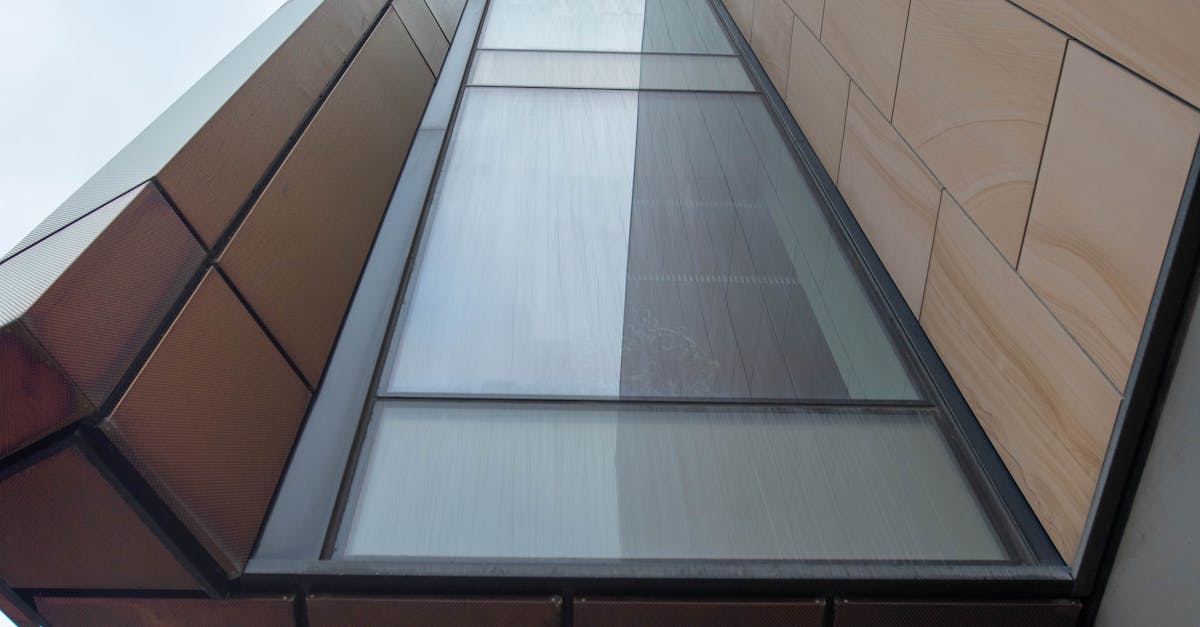
Factors Affecting the Longevity of Standing Seam Metal Roofing
Structural Design
The structural design of a building plays a crucial role in determining the longevity of standing seam metal roofing. A well-engineered structure can effectively distribute the roof's weight and resist environmental stresses such as wind, snow, and rain. The framing system must be compatible with the specific metal roofing system being used, ensuring that the appropriate supports and connections are in place. Proper design not only enhances the roof's structural integrity but also contributes to its performance and durability over time.
It is essential to consider factors such as the load-bearing capacity, the design specifications of the metal panels, and the overall geometry of the roof. Corrosion-resistant materials should be used in the structural elements to prevent degradation, particularly in harsh climatic conditions. Attention to detail in the design phase, including adequate waterproofing measures and proper ventilation systems, can significantly reduce the risk of moisture accumulation and subsequent damage, thus extending the lifecycle of the roofing system.
dictate the acceptable slope for roofs, which directly impacts drainage and water runoff. Insufficient drainage can contribute to moisture retention and subsequent corrosion of the metal. Ensuring adherence to these codes not only enhances the roof's longevity but also protects property owners from potential liabilities and costly repairs in the future. Regular inspections and updates to roofing systems are also influenced by local regulations, necessitating awareness among homeowners and contractors alike.Contact Us!
Compliance with Building Codes
Building codes serve as essential guidelines for the construction and installation of various roofing systems, including standing seam metal roofs. These regulations ensure structural integrity and safety, addressing factors such as load requirements, wind resistance, and insulation standards. Local authorities often enforce these codes, making them critical for homeowners planning new installations or renovations. Adhering to these standards not only promotes safety but can also enhance the longevity and performance of the roofing system.
Failure to comply with building codes can result in significant repercussions, including potential penalties or the requirement to undertake costly modifications. Moreover, non-compliance may jeopardise insurance coverage, leaving homeowners vulnerable in the event of damage. Engaging with qualified professionals familiar with local compliance requirements is prudent. It guarantees that the installation aligns with the set standards and contributes positively to the overall lifespan of the roofing system.
Thermal Expansion
lly allows for better drainage, reducing the risk of water pooling and potential damage, thereby extending the roof's lifespan.
What local regulations should be considered when installing a standing seam metal roof?
Local regulations may include building codes, zoning laws, and specific requirements related to materials and installation practices. It's essential to consult with local authorities to ensure compliance and to avoid potential issues that could affect the roof's longevity.Metal Roof Installers
How does thermal expansion affect standing seam metal roofing?
Thermal expansion refers to the expansion and contraction of metal due to temperature changes. Properly managing these variations through design features, such as expansion joints, is crucial in preventing stress and potential damage to the roofing system.
What are some maintenance tips to enhance the longevity of standing seam metal roofing?
Regular maintenance includes inspecting for debris accumulation, checking for loose seams, and cleaning the roof to prevent corrosion. Additionally, addressing any issues promptly can help maintain the integrity and lifespan of the roof.
Expected Lifespan of Standing Seam Metal Roofing
Impact of UV Exposure on the Longevity of Standing Seam Metal Roofing
Long-Term Durability of Standing Seam Metal Roofing
Weathering Performance of Standing Seam Metal Roofing